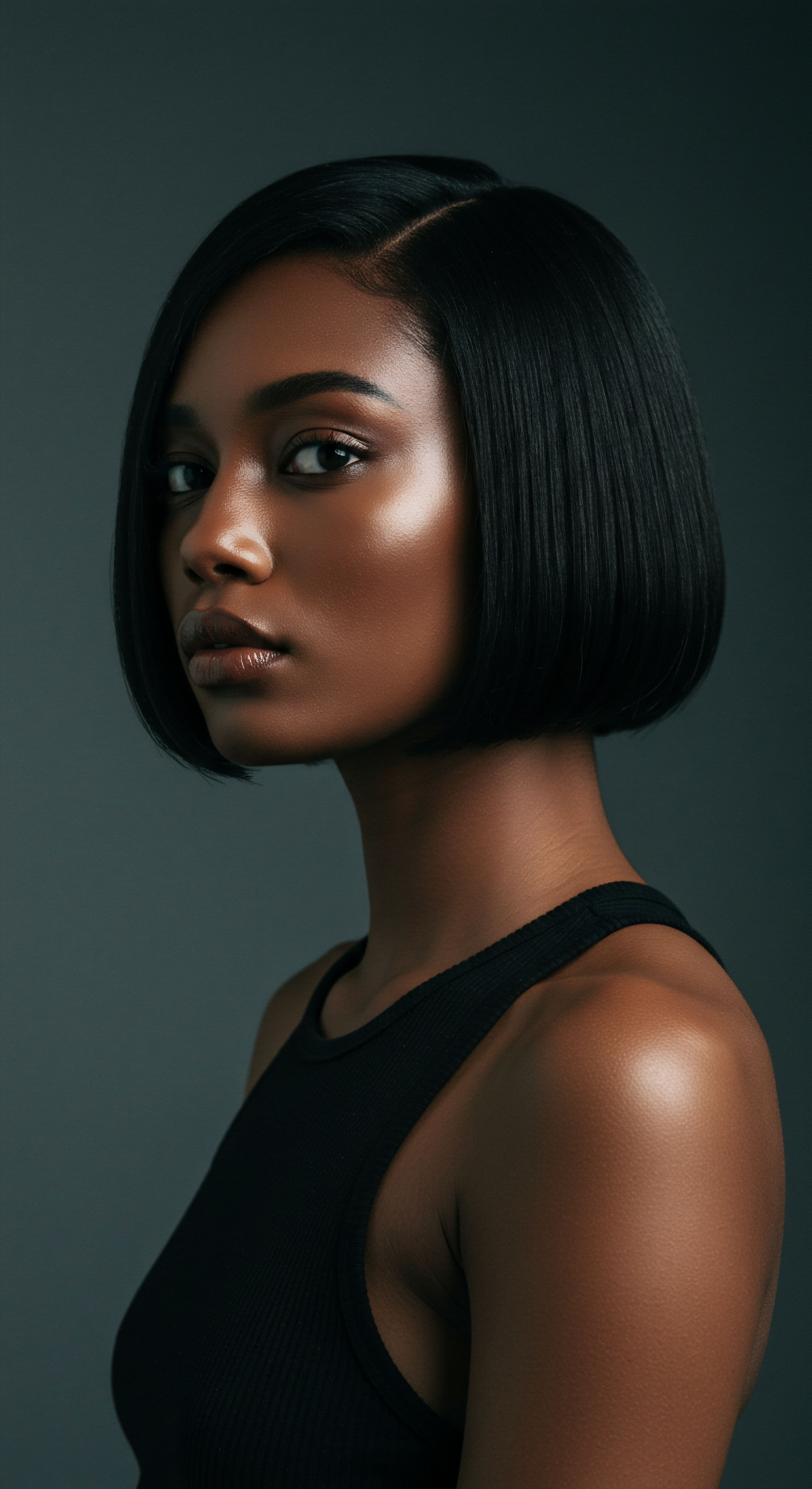
Roots
There exists a quiet wonder in the way nature tends to itself, a gentle rhythm of growth and sustenance. For those with hair that dances with its own unique patterns, coils, and curves, this observation holds a special truth. We often seek solace in the sophisticated formulations of today, yet a whisper from antiquity reminds us of simpler, potent allies.
The question of how ancient oils bestow moisture upon textured hair beckons us to look beyond the immediate and delve into the very essence of hair’s thirst, and the wisdom of traditions that recognized this need long before laboratories did. It is a journey into the foundational understanding of what hair truly craves, a gentle exploration of its inherent structure and the age-old secrets that spoke directly to its deepest needs.
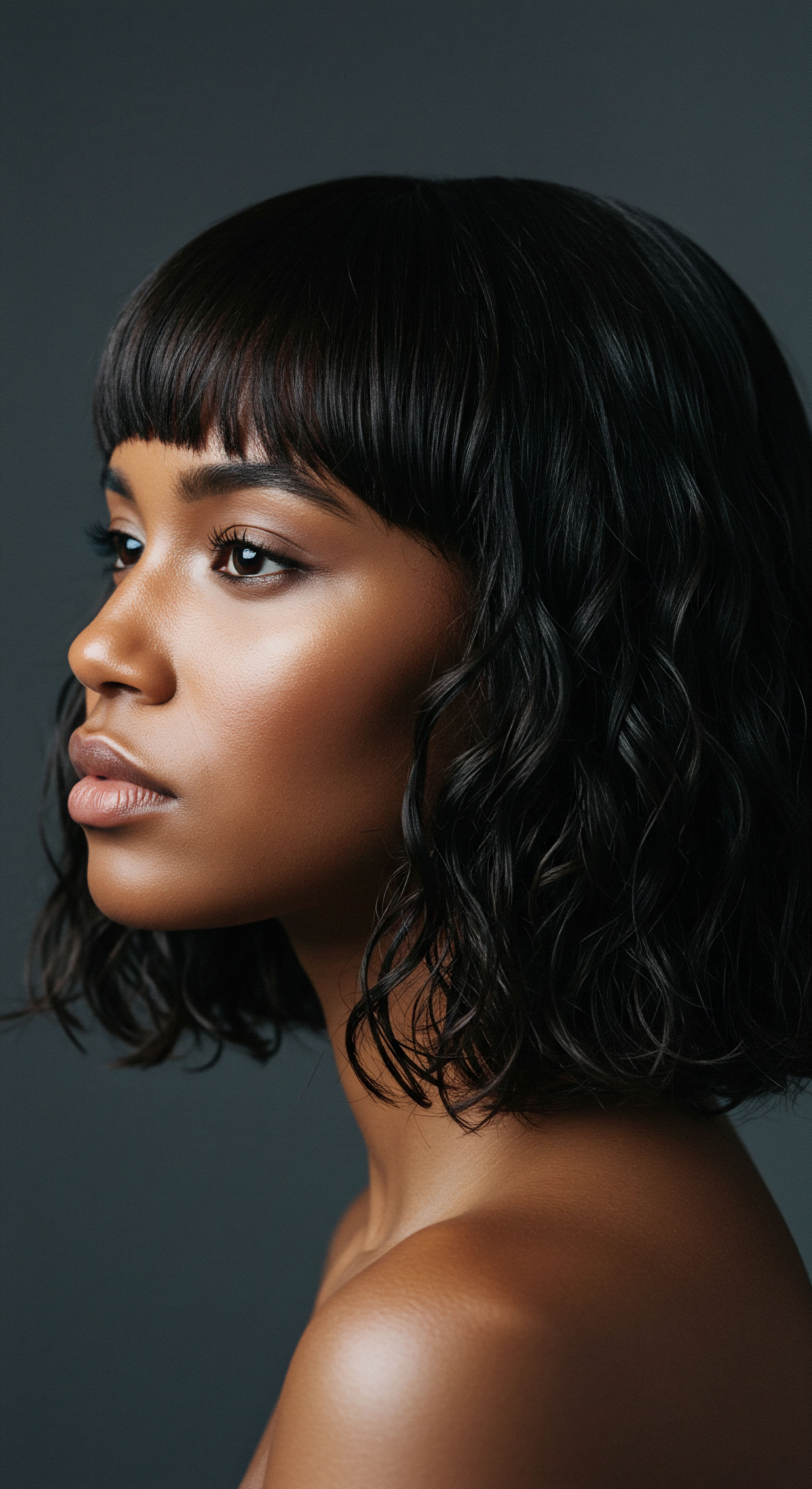
The Hair Strand’s Thirst
A single strand of textured hair, when viewed through the lens of curiosity, reveals a marvel of natural architecture. Unlike straight hair, its elliptical or flat cross-section and numerous twists along its length create a complex surface. These structural variances mean the cuticle, the outermost protective layer, tends to lift more readily.
When the cuticle scales are not lying flat, the hair’s inner core, the cortex, becomes more vulnerable to moisture loss. This inherent tendency towards dryness is not a flaw, but a characteristic that calls for a particular kind of attention, a gentle replenishment that understands its unique porosity.
Consider the way a parched plant drinks. It draws water not just to its surface, but deep into its cells to maintain its turgor and vitality. Similarly, textured hair requires hydration that penetrates beyond mere superficial coating.
It yearns for emollients that can soften its outer defenses and deliver lipids to its core, supporting its elasticity and preventing breakage. This deep nourishment is what allows textured strands to maintain their supple quality, resisting the brittleness that can accompany dryness.
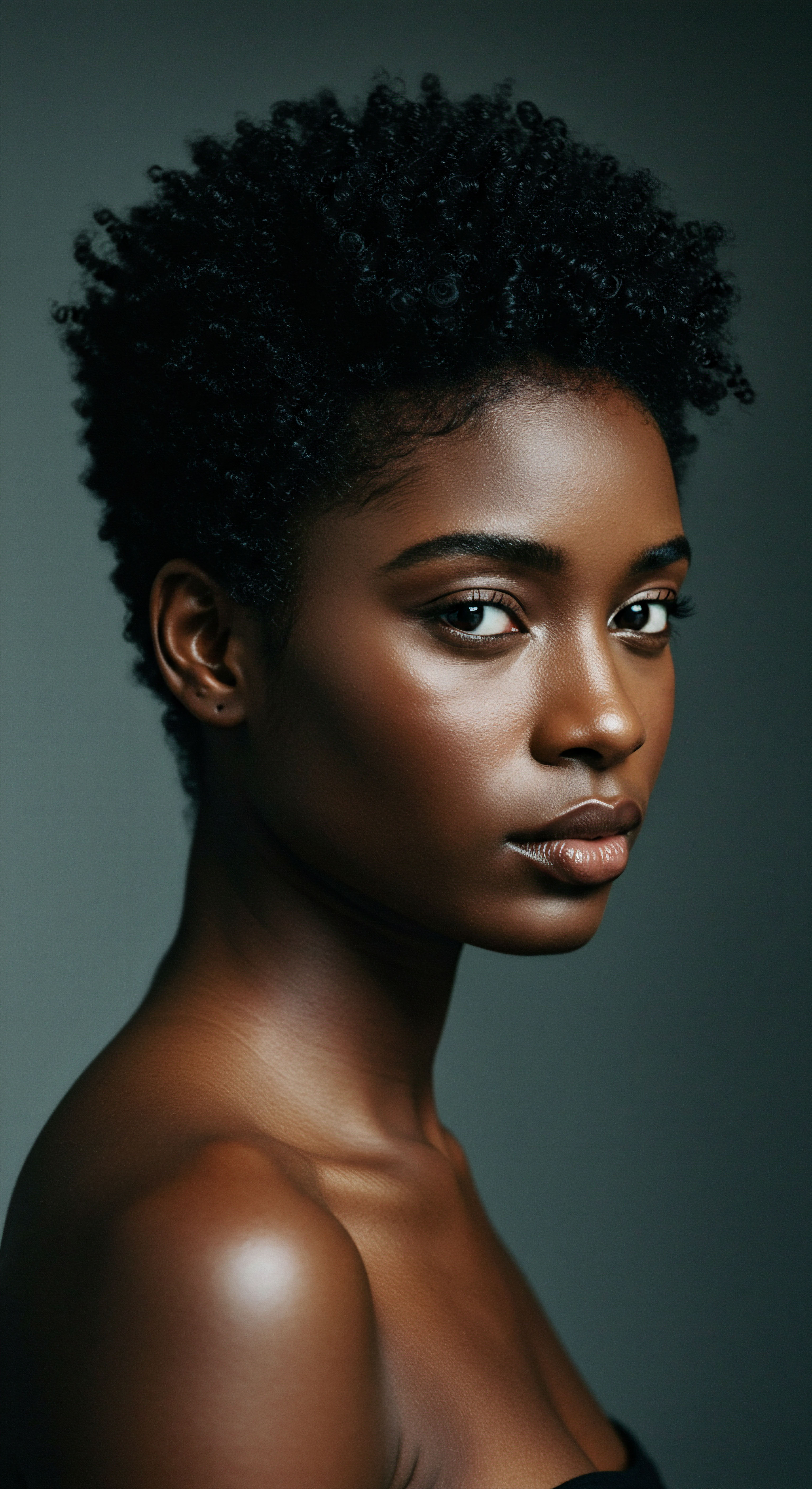
Anatomy’s Whisperings
To truly grasp how ancient oils hydrate, one must first appreciate the micro-landscape of hair. The hair shaft consists of three primary layers ❉ the medulla (the innermost core, often absent in finer hair), the cortex (the main body, providing strength and color), and the cuticle (overlapping scales like shingles on a roof). In textured hair, the cuticle’s arrangement can be more open, creating avenues for moisture to escape and making it challenging for water to remain trapped within. This structural predisposition makes it a willing recipient for the lipid-rich goodness of natural oils.
When the hair’s moisture content dips, the cuticle scales become even more pronounced, creating a rough texture. This rough surface increases friction between strands, leading to tangling and potential damage. The wisdom of ancient practices recognized this interplay, understanding that a smooth, pliable cuticle was the first step towards resilient hair. They sought substances that could not only lubricate the surface but also help the cuticle scales lie flatter, thereby sealing in precious internal moisture.
Textured hair’s unique structure, with its often-raised cuticle, naturally seeks profound hydration that ancient oils historically provided.

What Does Hair Porosity Tell Us?
Porosity, the hair’s ability to absorb and retain moisture, is a key concept when discussing hydration. High porosity hair, often characterized by raised cuticles, absorbs water quickly but loses it just as rapidly. Low porosity hair, with tightly bound cuticles, resists water entry but retains it well once absorbed.
Ancient oils, with their diverse molecular structures and fatty acid profiles, offer solutions for this spectrum. For high porosity, heavier, film-forming oils might seal the cuticle, while lighter, penetrating oils could address the needs of low porosity hair by softening the cuticle for better absorption.
- Cuticle ❉ The outermost protective layer of the hair shaft, made of overlapping scales.
- Cortex ❉ The main body of the hair, composed of keratin proteins, providing strength and elasticity.
- Medulla ❉ The innermost core of the hair shaft, not present in all hair types.
Understanding these foundational aspects of hair’s physical and chemical makeup provides the lens through which to appreciate the profound efficacy of ancient oiling traditions. They were not merely cosmetic applications; they were intuitive, practical responses to hair’s inherent needs, passed down through generations.
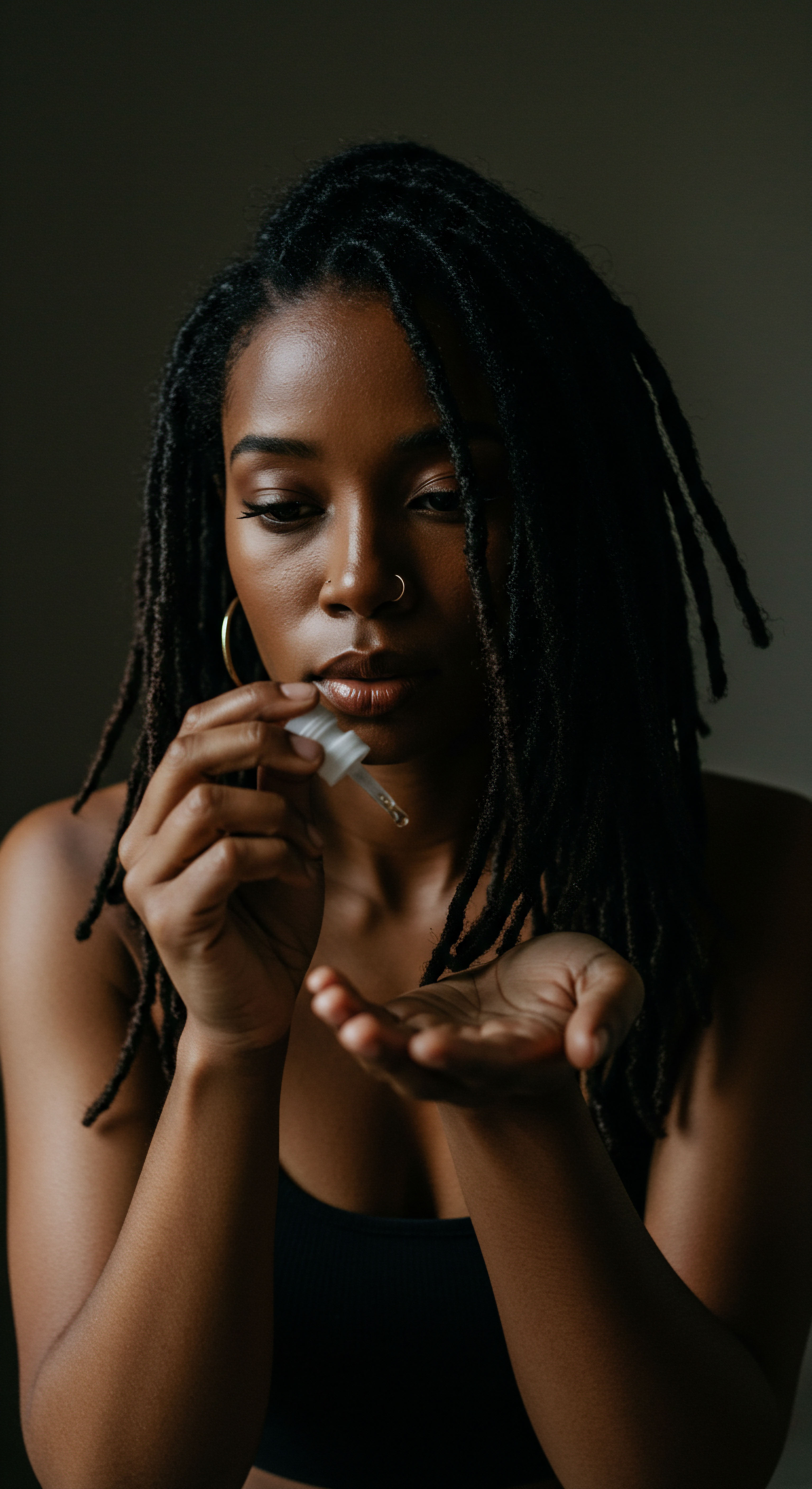
Ritual
Moving from the foundational understanding of hair’s nature, we now turn our attention to the deliberate acts, the thoughtful practices that brought ancient oils into their full expression. The concept of “ritual” in hair care transcends mere routine; it speaks to an intentional, often meditative, engagement with one’s strands, a practice deeply rooted in wellbeing and connection. When we consider how ancient oils hydrated textured hair, we are not simply looking at ingredients, but at the purposeful application methods that amplified their efficacy, transforming a simple act into a moment of profound nourishment. This section explores the interplay of these time-honored practices and the botanical allies they revered.
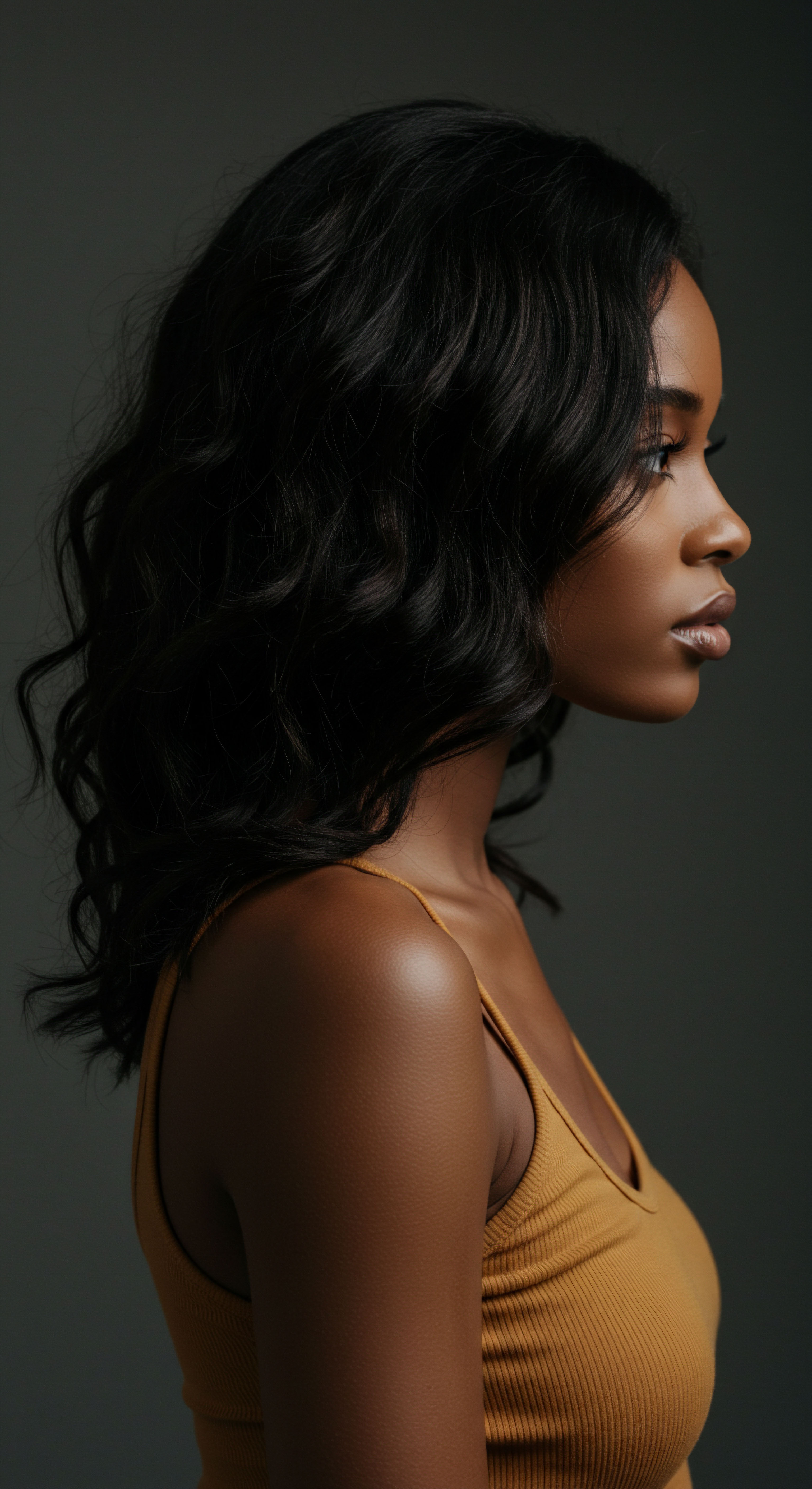
The Alchemy of Application
Ancient oiling rituals often involved more than just applying oil. They frequently incorporated warmth, massage, and prolonged contact. The gentle heat, whether from warmed oil or the friction of a scalp massage, helps to slightly lift the cuticle, allowing the oil’s beneficial compounds to penetrate more effectively.
The act of massage itself stimulated blood circulation to the scalp, promoting a healthy environment for growth and ensuring nutrients reached the follicles. This holistic approach recognized that hair health was not isolated to the strands alone, but connected to the vitality of the scalp.
Consider the traditions of Ayurvedic hair oiling, where specific oils like sesame or coconut were warmed and massaged into the scalp and hair, often left on for hours or even overnight. This extended contact time allowed the fatty acids and other compounds within the oils ample opportunity to interact with the hair shaft. Such practices were not rushed; they were moments of care, a deliberate slowing down in a world that moved at a different pace. This prolonged exposure meant deeper saturation and more lasting benefits.
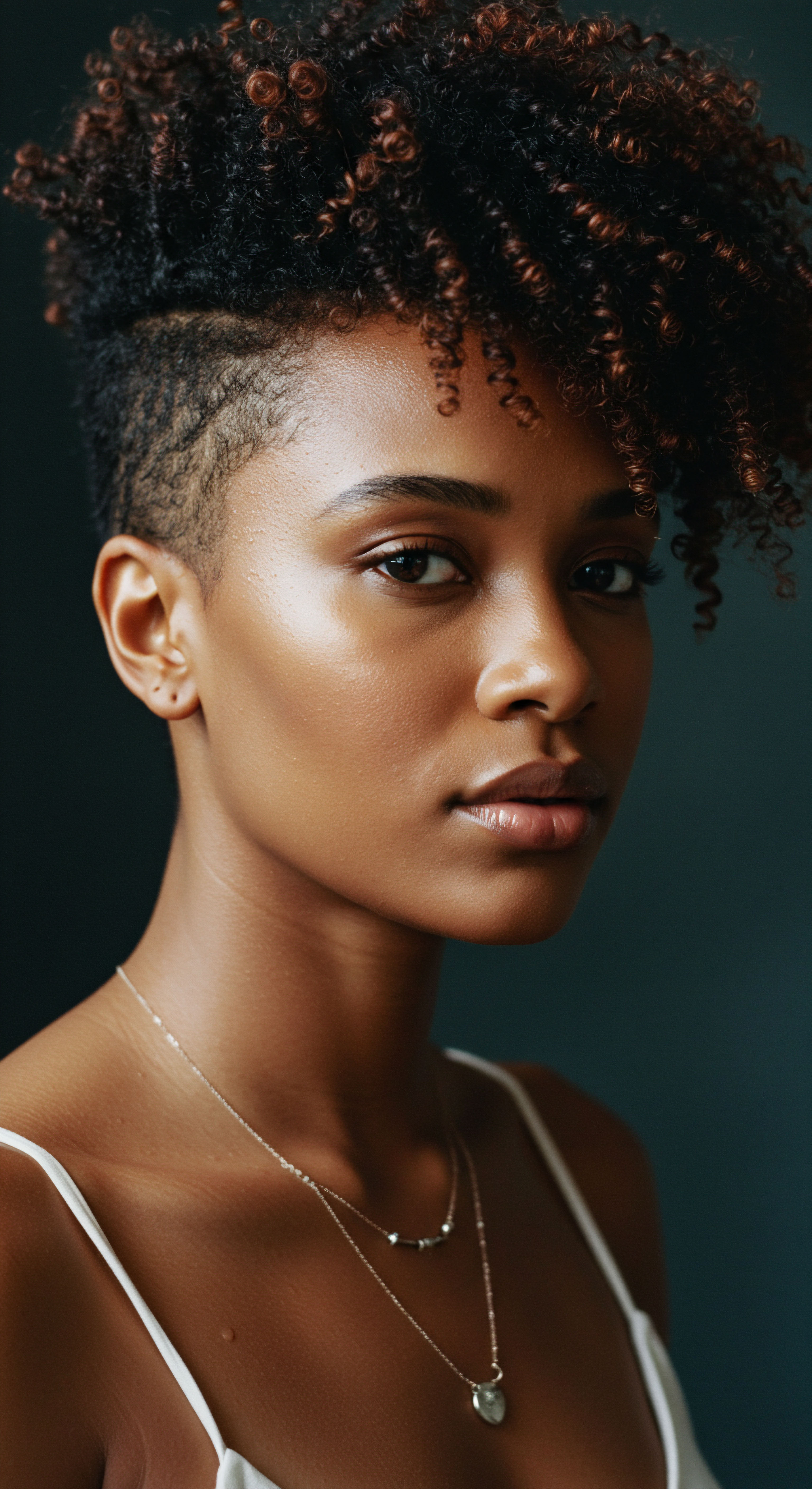
Which Ancient Oils Were Hydrating?
Many ancient cultures revered specific oils for their hair-supporting qualities. Their choices were often dictated by local flora and generations of observational wisdom.
- Coconut Oil ❉ Widely used in South Asia, Southeast Asia, and parts of Africa, coconut oil is celebrated for its small molecular size and high affinity for hair proteins. Its primary fatty acid, lauric acid, can penetrate the hair shaft, reducing protein loss and helping to bind moisture within the cortex.
- Olive Oil ❉ A staple in Mediterranean cultures, olive oil is rich in monounsaturated fatty acids and antioxidants. It forms a protective layer on the hair, smoothing the cuticle and preventing moisture evaporation. Its heavier consistency makes it an excellent sealant for textured strands.
- Sesame Oil ❉ Prominent in Ayurvedic practices, sesame oil is a source of fatty acids, vitamins, and minerals. It is known for its emollient properties, helping to soften and condition hair, and is often used for scalp health.
- Castor Oil ❉ With its unique ricinoleic acid content, castor oil, used in various African and Caribbean traditions, is exceptionally viscous. It forms a thick coating on the hair, sealing in moisture and adding shine, making it particularly beneficial for very dry or coarse textured hair.
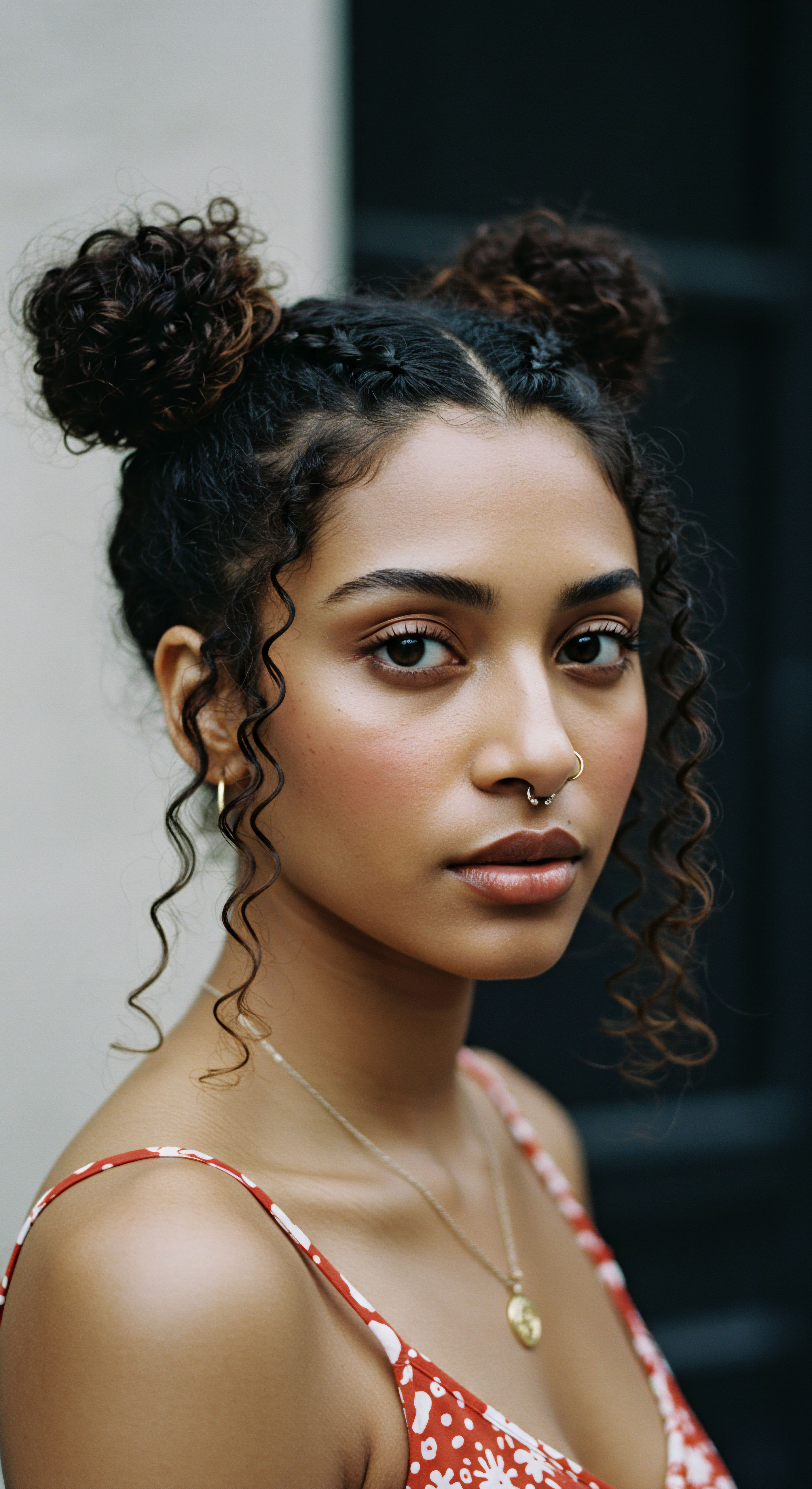
How Did Oil Structure Influence Hydration?
The hydration power of ancient oils stems directly from their chemical makeup, particularly their fatty acid profiles. Different oils contain varying proportions of saturated, monounsaturated, and polyunsaturated fatty acids, each with distinct properties.
| Fatty Acid Type Saturated |
| Primary Examples Lauric Acid (Coconut), Myristic Acid |
| Hair Benefit Penetrates hair shaft, reduces protein loss, internal hydration. |
| Fatty Acid Type Monounsaturated |
| Primary Examples Oleic Acid (Olive, Avocado), Ricinoleic Acid (Castor) |
| Hair Benefit Coats hair, seals moisture, smooths cuticle, adds shine. |
| Fatty Acid Type Polyunsaturated |
| Primary Examples Linoleic Acid (Sunflower, Grapeseed) |
| Hair Benefit Surface conditioning, lighter feel, less direct penetration. |
| Fatty Acid Type Understanding fatty acid profiles helps explain the diverse hydrating actions of ancient oils. |
For instance, the dominance of Lauric Acid in coconut oil allows it to penetrate the hair shaft more deeply than many other oils. A study published in the Journal of Cosmetic Science demonstrated that coconut oil was the only oil among those tested (mineral oil and sunflower oil were others) capable of significantly reducing protein loss for both damaged and undamaged hair when used as a pre-wash or post-wash treatment. This unique ability to interact with the hair’s internal protein structure is a key mechanism for its hydrating and strengthening effects, distinguishing it from oils that primarily offer surface conditioning. This finding reinforces the ancient wisdom surrounding coconut oil’s profound benefits for hair.
The intentional application and chemical composition of ancient oils allowed them to provide multifaceted hydration, moving beyond simple surface conditioning.
The thoughtful application of these oils, combined with their inherent chemical properties, created a powerful synergy. The warmth, the massage, the extended contact, and the specific fatty acid profiles worked in concert to not only coat the hair but to truly infuse it with beneficial lipids, leading to profound and lasting hydration. These rituals were a testament to a deep, intuitive knowledge of hair’s needs.
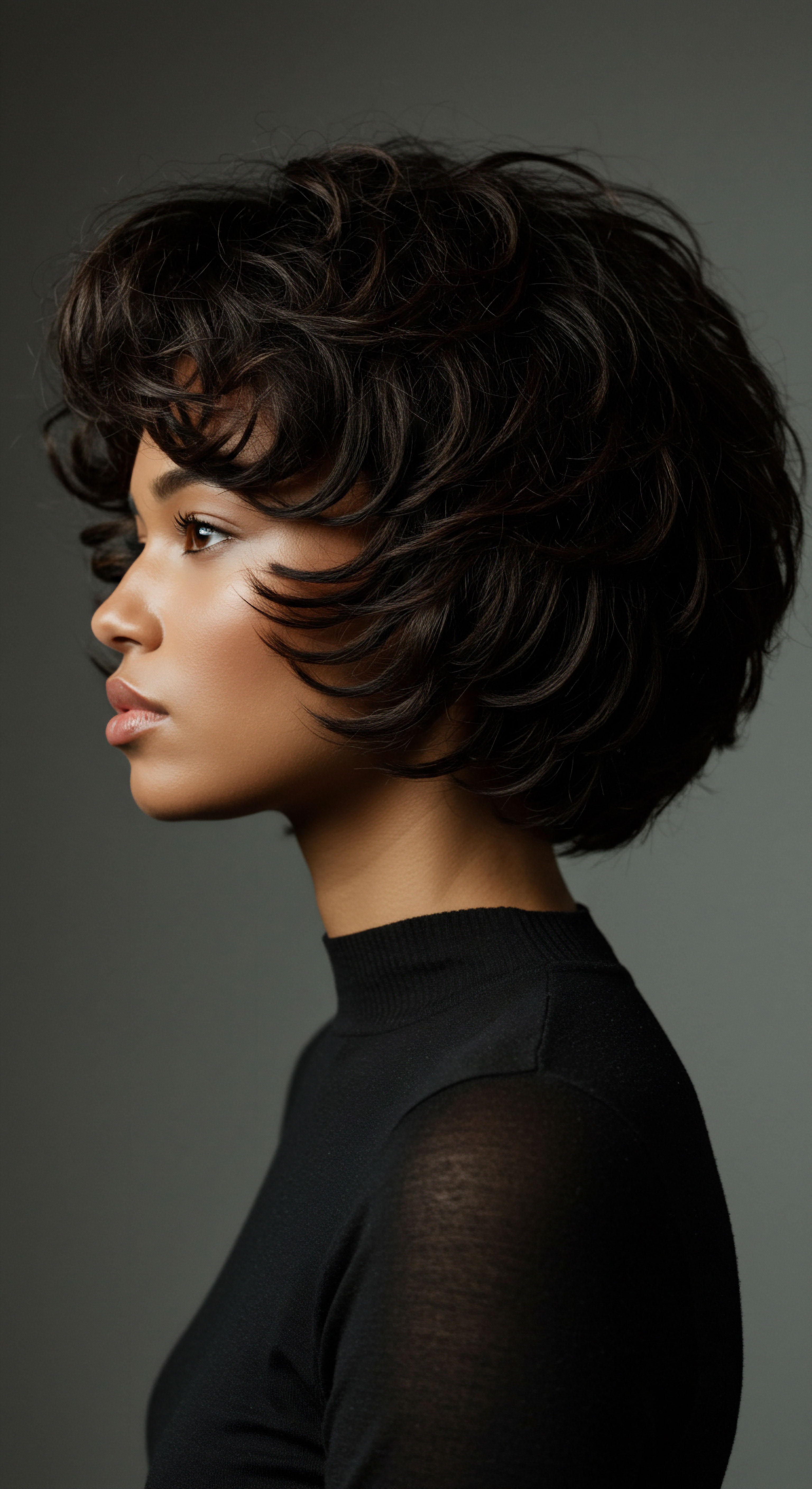
Relay
Having explored the foundational anatomy of textured hair and the intentional rituals that brought ancient oils to life, we now turn to a more sophisticated consideration ❉ the enduring scientific and cultural legacy of these practices. How do the insights from antiquity truly align with modern understanding of hair’s complex needs? This section seeks to bridge the chasm between ancestral wisdom and contemporary science, revealing a profound interconnectedness that extends beyond simple hydration, touching upon hair’s lipid barrier, its mechanical properties, and its very identity. We will examine how these time-honored methods offer a multi-dimensional approach to moisture retention, grounded in both tradition and tangible biological impact.
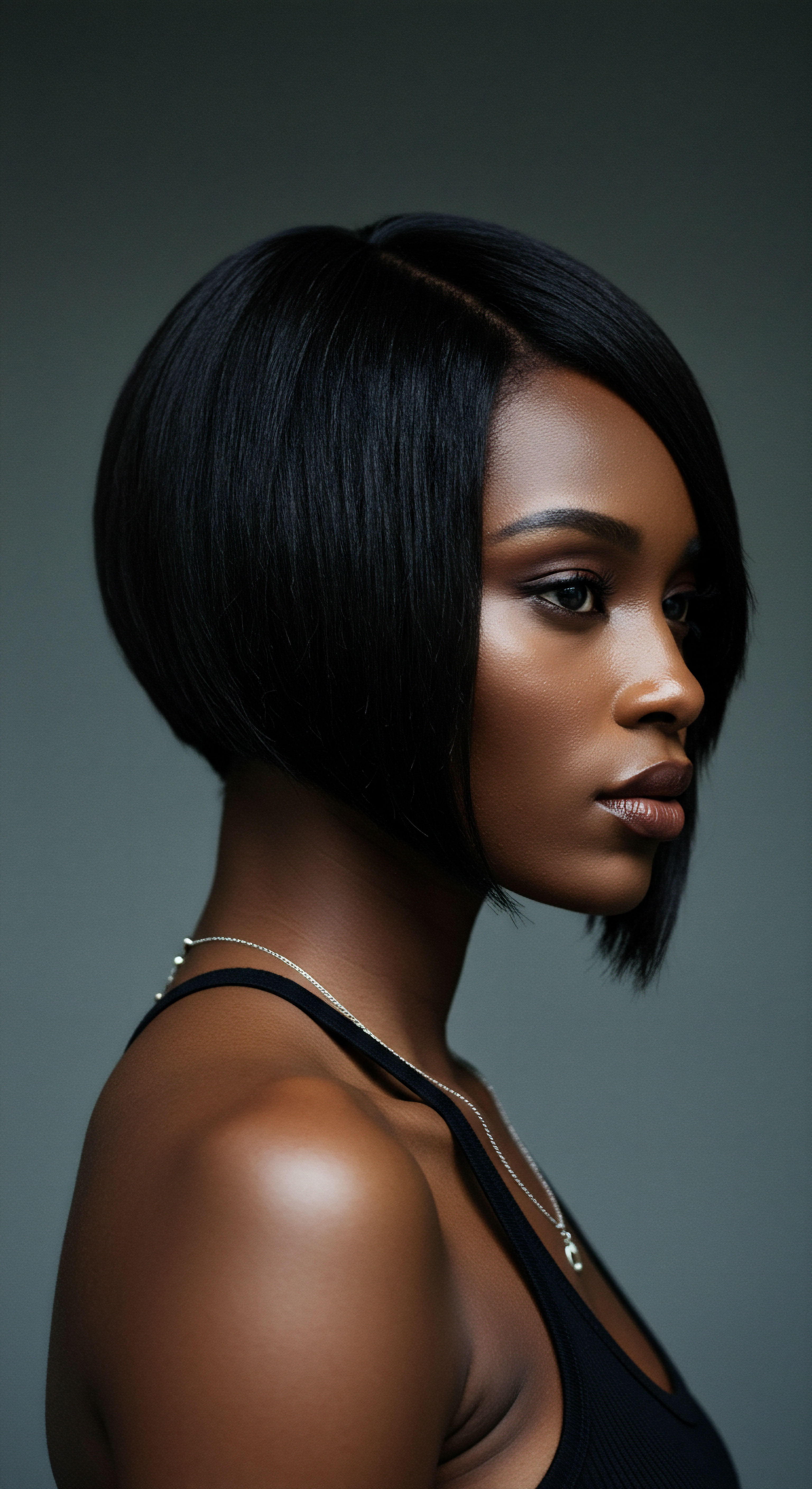
Hair’s Lipid Barrier and Ancient Oils
Beyond the cuticle scales, hair possesses a natural lipid barrier, a delicate layer of fats that helps regulate its moisture content. This barrier can be compromised by environmental factors, chemical treatments, and even daily styling. Ancient oils, particularly those rich in specific fatty acids like oleic acid or lauric acid, can replenish and reinforce this vital barrier. They do not merely sit on the surface; they interact with the hair’s own lipids, creating a more robust defense against dehydration.
When textured hair experiences dryness, it is often a symptom of a disrupted lipid layer. The application of certain ancient oils, especially those with molecular structures similar to hair’s natural lipids, can help to repair these gaps. This restorative action is what differentiates deep hydration from temporary conditioning. It is about supporting the hair’s intrinsic ability to hold onto water, rather than simply adding water that will quickly evaporate.
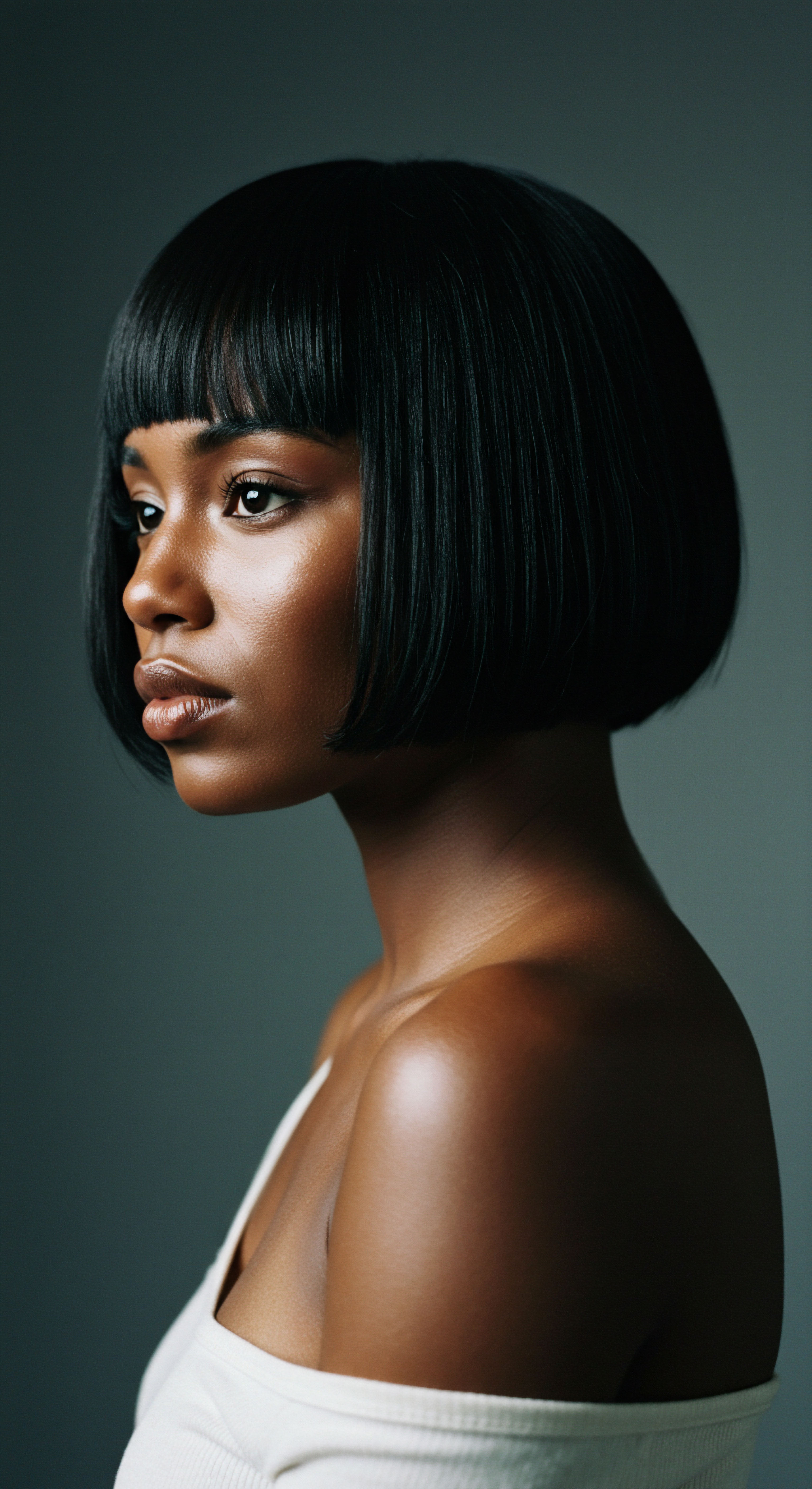
Can Oils Truly Penetrate the Hair Cortex?
The question of oil penetration is a fascinating one, and it is here that the scientific understanding truly illuminates the efficacy of ancient practices. While many oils primarily act as surface emollients, some, particularly those with a high proportion of short-chain fatty acids like lauric acid (found in coconut oil), are capable of traversing the cuticle and entering the cortex.
This cortical penetration is significant because it means the oil can directly interact with the keratin proteins within the hair shaft. By filling voids or strengthening internal bonds, these penetrating oils can reduce swelling from water absorption (hygral fatigue) and minimize protein loss during washing and styling. This deeper interaction leads to improved elasticity and tensile strength, making the hair more resilient and less prone to breakage.
Ancient oiling practices provided more than superficial conditioning; they contributed to the structural integrity and long-term resilience of textured hair.
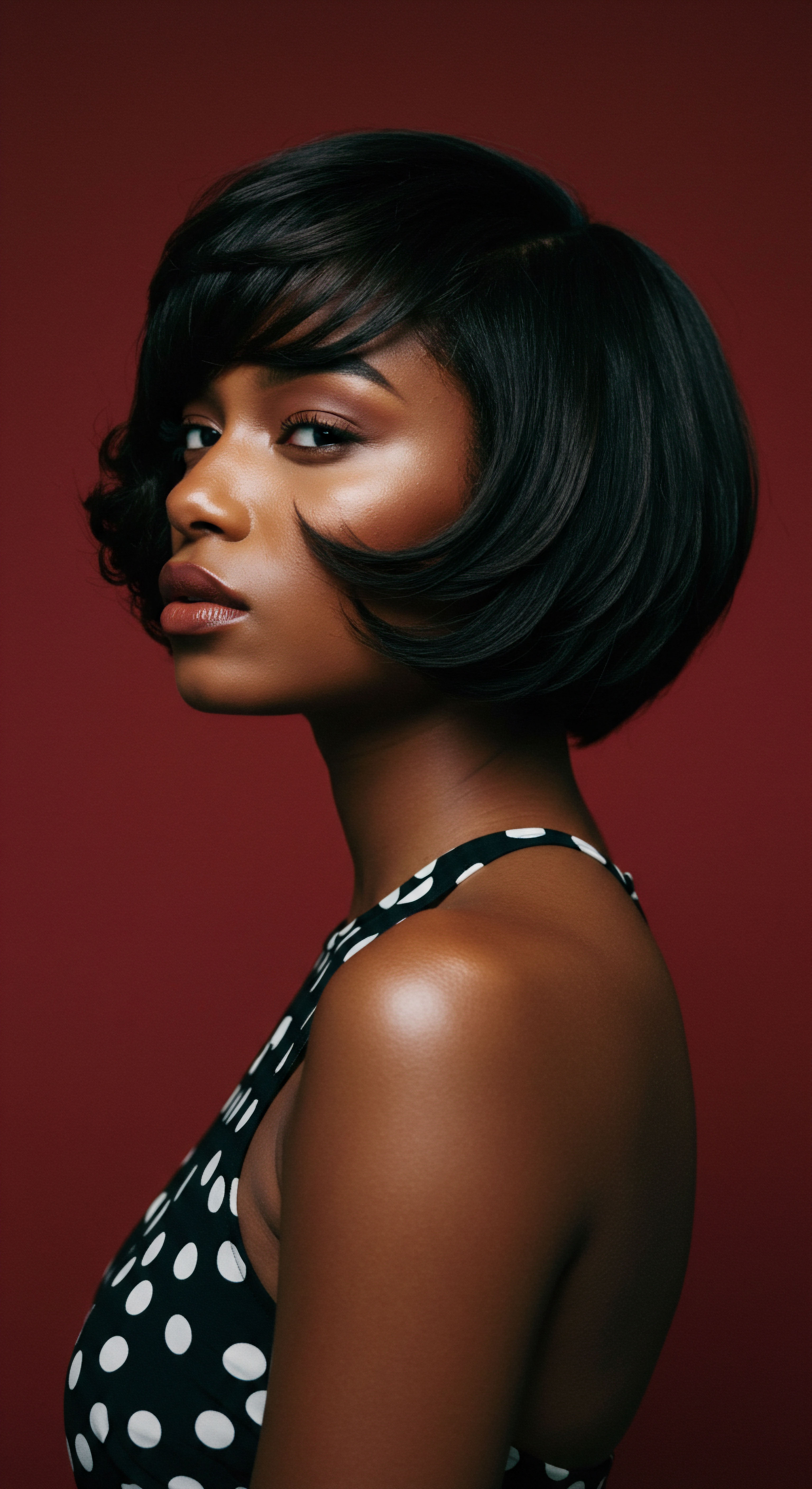
The Interplay of Humectants and Occlusives in Ancient Blends
Ancient cultures often did not use single oils in isolation. They frequently blended oils with other botanical extracts, creating synergistic formulations. While oils primarily act as occlusives (sealing in moisture), some traditional blends may have inadvertently incorporated ingredients with humectant properties, drawing moisture from the air. For example, the use of certain plant extracts or even honey in some traditional hair concoctions could have introduced humectant qualities, working in concert with the oils’ occlusive actions.
This layered approach provides a more complete hydration strategy. First, water is introduced to the hair (often through washing or misting). Then, a humectant might draw in additional environmental moisture.
Finally, an occlusive oil seals it all in, preventing rapid evaporation. This thoughtful layering, whether consciously understood in scientific terms or intuitively developed through generations of observation, demonstrates a sophisticated grasp of moisture dynamics.
| Mechanism Cuticle Smoothing |
| Action Oils coat the hair surface, flattening cuticle scales. |
| Benefit for Textured Hair Reduces moisture loss, increases shine, decreases friction. |
| Mechanism Lipid Barrier Reinforcement |
| Action Replenishes natural hair lipids, repairing compromised areas. |
| Benefit for Textured Hair Improves moisture retention, enhances protection against environmental damage. |
| Mechanism Cortical Penetration |
| Action Certain fatty acids enter the hair shaft, interacting with keratin. |
| Benefit for Textured Hair Reduces protein loss, improves elasticity, prevents hygral fatigue. |
| Mechanism Emollience |
| Action Softens and conditions the hair, making it more pliable. |
| Benefit for Textured Hair Reduces brittleness, improves manageability, eases detangling. |
| Mechanism Ancient oils provide a spectrum of benefits, from surface protection to internal strengthening. |
The wisdom of ancient oiling traditions, therefore, was not merely anecdotal. It was a practical science, refined over centuries, that intuitively understood the unique challenges of textured hair. By providing emollients that smoothed the cuticle, lipids that reinforced the natural barrier, and even compounds that penetrated the cortex, these practices laid a profound foundation for healthy, hydrated strands. Their continued relevance today speaks to the enduring power of their simple, yet deeply effective, approach.
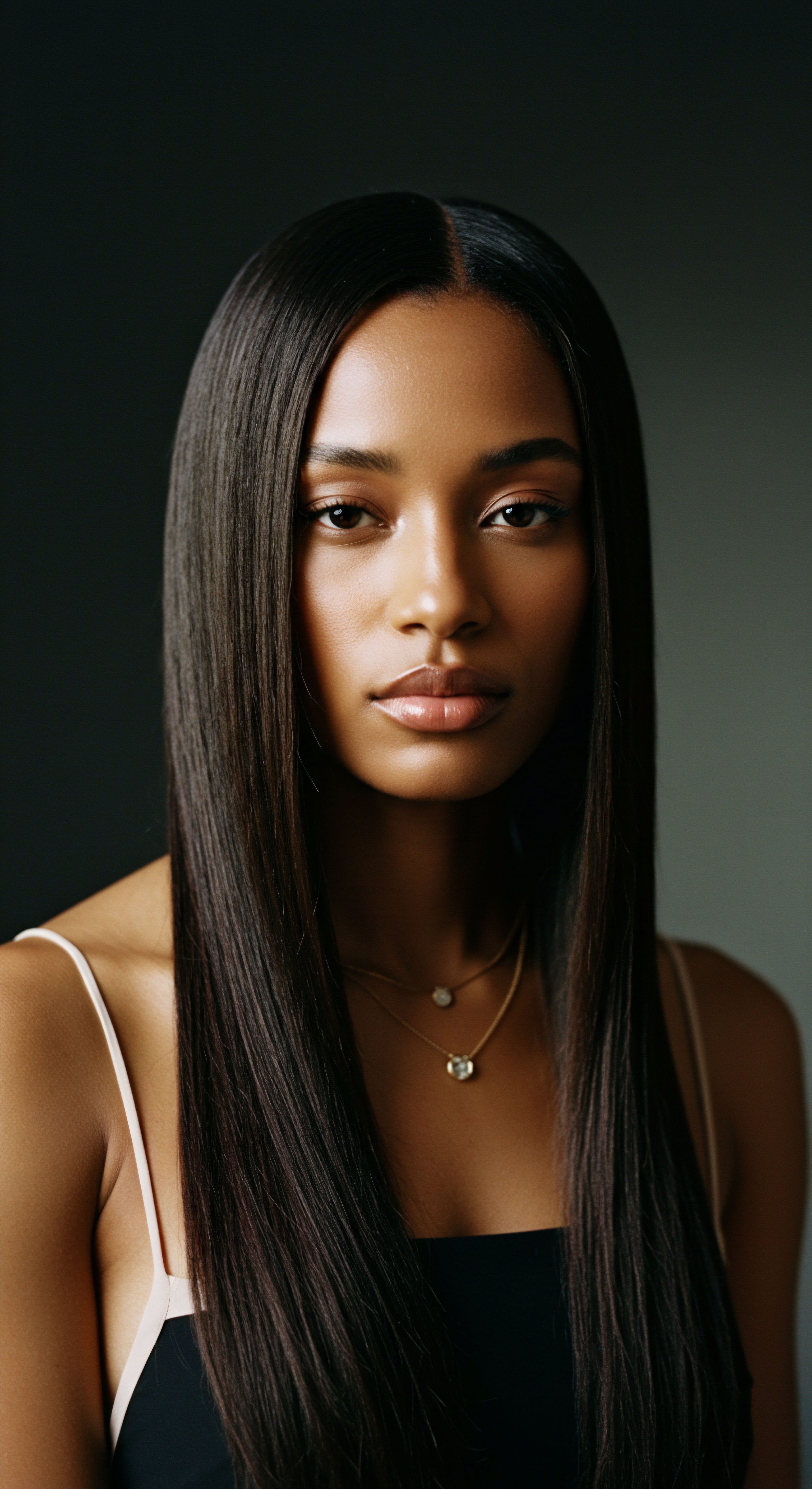
Reflection
As we step back from the intricate dance of ancient oils and textured strands, a quiet understanding settles. The journey from the hair’s intrinsic thirst to the sophisticated relay of scientific and cultural wisdom reveals a continuous thread of care. It is a reminder that the most profound solutions often stem from a deep, respectful observation of nature and an intuitive response to its needs.
The enduring legacy of ancient oiling practices for textured hair is not just about what they did, but what they continue to teach us about patience, connection, and the gentle power of botanical gifts. This age-old wisdom, far from being archaic, stands as a timeless testament to holistic beauty and the profound nourishment that awaits when we truly listen to our hair’s quiet call.
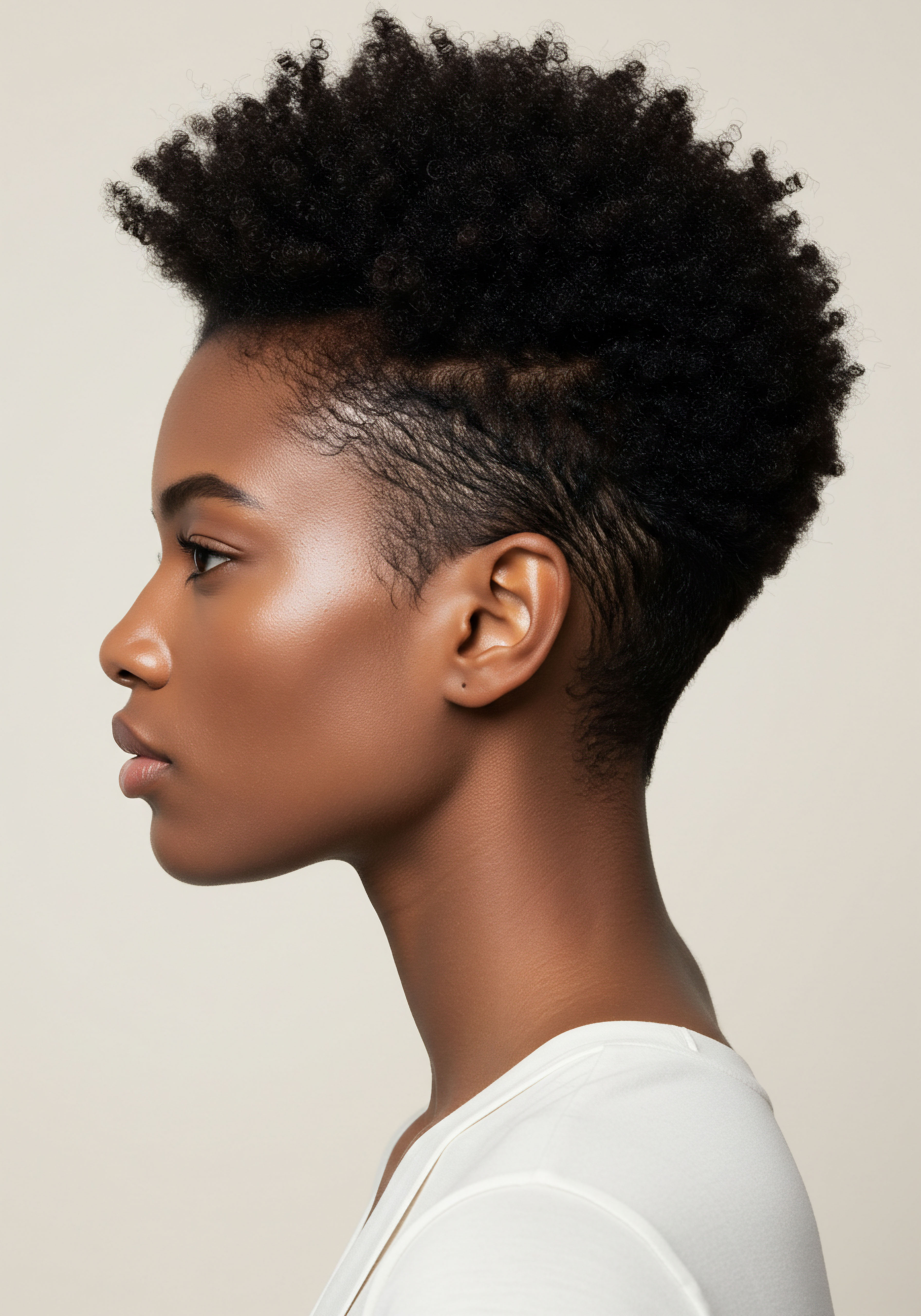
References
- Rele, V. & Mohile, R. (2003). Effect of mineral oil, sunflower oil, and coconut oil on prevention of hair damage. Journal of Cosmetic Science, 54(2), 175-192.
- Robbins, C. R. (2012). Chemical and Physical Behavior of Human Hair (5th ed.). Springer Science & Business Media.
- Gavazzoni Dias, M. F. R. (2015). Hair Cosmetics ❉ An Overview. International Journal of Trichology, 7(1), 2-15.
- De la Mettrie, R. (2015). The Science of Hair Care. Cosmetics & Toiletries Magazine.
- Schueller, R. & Romanowski, P. (2006). Conditioning Agents for Hair and Skin. CRC Press.
- Barel, A. O. Paye, M. & Maibach, H. I. (Eds.). (2014). Handbook of Cosmetic Science and Technology (4th ed.). CRC Press.
- Hunter, L. (2007). The Hair Bible ❉ A Complete Guide to Health and Care. Lyons Press.
- Warrier, P. K. Nambiar, V. P. K. & Ramankutty, C. (1996). Indian Medicinal Plants ❉ A Compendium of 500 Species. Orient Longman. (For traditional uses of oils)